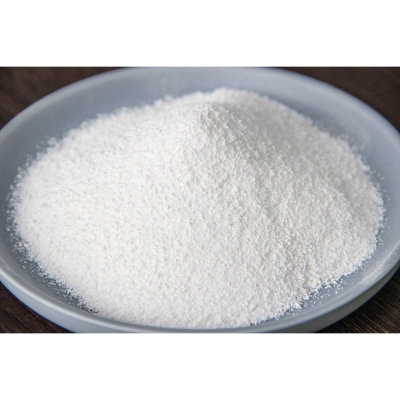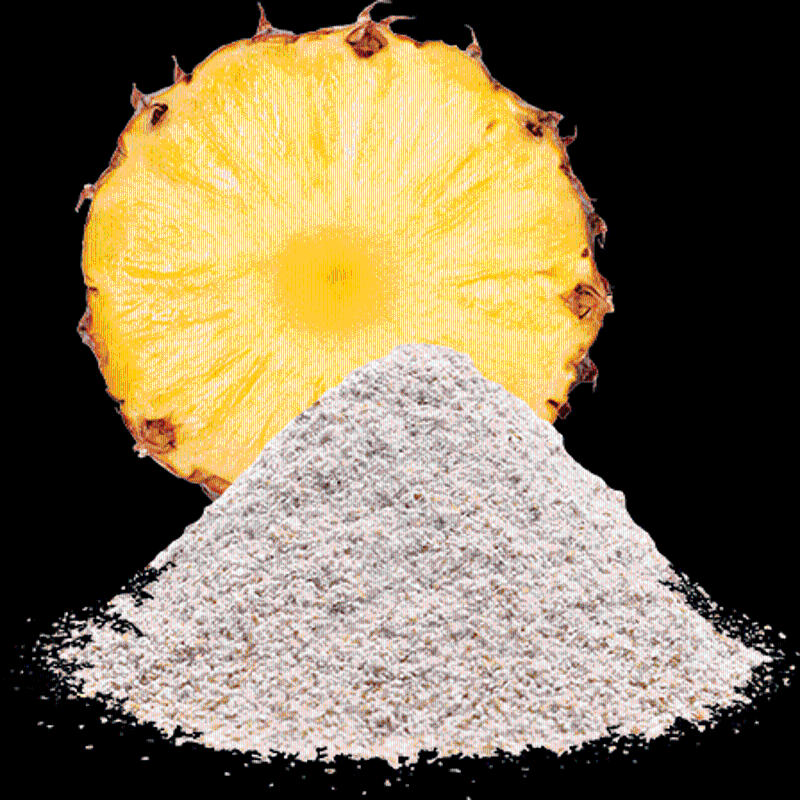-
Categories
-
Pharmaceutical Intermediates
-
Active Pharmaceutical Ingredients
-
Food Additives
- Industrial Coatings
- Agrochemicals
- Dyes and Pigments
- Surfactant
- Flavors and Fragrances
- Chemical Reagents
- Catalyst and Auxiliary
- Natural Products
- Inorganic Chemistry
-
Organic Chemistry
-
Biochemical Engineering
- Analytical Chemistry
-
Cosmetic Ingredient
- Water Treatment Chemical
-
Pharmaceutical Intermediates
Promotion
ECHEMI Mall
Wholesale
Weekly Price
Exhibition
News
-
Trade Service
At the 2021 China Tea Industry Science and Technology Annual Conference held recently, Liu Zhonghua, an academician of the Chinese Academy of Engineering and a professor of Hunan Agricultural University, said that China's tea gardens cover an area of more than 48 million mu, the output has exceeded 3 million tons, and the export is about 370,000 tons.
Nine bottlenecks need to be broken
Liu Zhonghua said that the coordinated development of the "three teas", that is, tea technology and tea culture are the two wings that promote the development of the tea industry, and jointly promote the development of the tea industry in China and the world
What should we do about technological innovation? Liu Zhonghua sorted out the current bottlenecks in my country's tea industry:
First, the breeding cycle of tea varieties is too long, and the industry is eager for more excellent varieties; the second is to build an efficient genetic transformation system to break through the gene editing technology of tea trees; the third is to identify the biological characteristics of tea garden soil and to establish precise regulation of tea tree nutrition; fourth, to prove The cold-resistant mechanism of tea trees and the construction of tea tree cold damage defense technology; the fifth is to find out the mechanism of tea tree diseases and implement green prevention and control of tea garden diseases; the sixth is to break through the bottleneck of intelligent tea picking technology and implement intelligent picking of fresh leaves of famous tea; the seventh is to break through the wisdom of tea leaves The bottleneck of processing is to realize the whole process of intelligent processing of tea; eighth is to break through the application technology of functional ingredients and efficiently develop tea functional products
New progress has been made in more than ten fields
"China's tea scientific research is in a leading position in the world.
The research field of basic biology of tea plant in China has developed rapidly, and important progress has been made in the fields of tea plant genome analysis, isolation and cloning of important functional genes, synthesis and regulation of secondary metabolites and their physiological functions, and new anti-stress mechanisms
In terms of tea genome and molecular assisted breeding, haplotype analysis and genome assembly of "Tieguanyin" tea plant, genetic basis of high aroma and stress tolerance of oolong tea plant Huangyu genome, "Emei Wenchun" tea plant and its free-pollinated offspring early stage New progress has been made in the genetic analysis of flower bud traits and the contribution of whole-genome duplication events in tea plants to flavor compounds
In the research of tea plant stress physiology, eugenol regulates tea plant stress resistance through UGT71A59-mediated glycosylation, the effect of cold stress on the DNA methylation difference in tea plant, and the molecular programming of tea plant-related heat tolerance under heat stress.
In terms of physiology research of tea tree cultivation, the effects of foliar spraying of Bacillus amyloliquefaciens bio-fertilizer on tea quality, tea bean intercropping improves tea quality by changing the composition of Bacillus species, and tea tree pruning can reduce the content of heavy metals in finished tea, etc.
In terms of tea processing biochemistry and quality control technology, new progress has been made in the impact of withering on the post-harvest quality of fresh tea leaves, the changes in the flavor and quality of Pu-erh tea during the stacking process, and the new processing technology and quality improvement of jasmine tea
In the research of intelligent tea picking machine and machine-picked fresh leaf grading, the design of the end effector for tea tender tip picking, the ride-on profiling tea picking machine with distributed control, the tea picking robot based on RGB_D camera images, and the high-quality tea based on computer vision New progress has been made in automatic picking robots
In terms of basic research on intelligent tea processing, tea moisture detection technology based on visible and near-infrared spectroscopy, tea withering control technology based on electronic eyes, colorimetric sensor arrays and micro-near infrared spectroscopy, and tea greening technology based on electronic nose system.
In terms of new technologies for physicochemical evaluation and control of tea quality, new progress has been made in black tea quality control technology based on visible-near infrared spectroscopy and tea blending technology based on near infrared spectroscopy
In terms of new technologies for the extraction of functional components from tea, directed evolution improved the tyrosinase-catalyzed synthesis of TFDG from Bacillus megaterium, the in vitro enzymatic synthesis of monomer theaflavins by tea polyphenol oxidase isoenzyme, and the enzymatic synthesis of potato polyphenol oxidase.
In terms of new technologies for the utilization of functional components of tea, new progress has been made in green tea green synthesis of iron nanoparticles and their removal of hexavalent chromium, green synthesis of nano-silver from tea extract with high antibacterial activity, and green synthesis of zinc oxide particles from black tea extract as a stabilizer
In terms of tea and health research, some component studies of the six major tea categories have found that they all have positive effects on human health
"We must turn scientific achievements into productive forces, and we must turn these research technologies into products, and let products serve the industry, so as to achieve a virtuous circle of scientific research
(Yuan Guofeng)
"China Food News" (July 21, 2022 Edition 07)
(Editor-in-charge: Yuan Guofeng)







